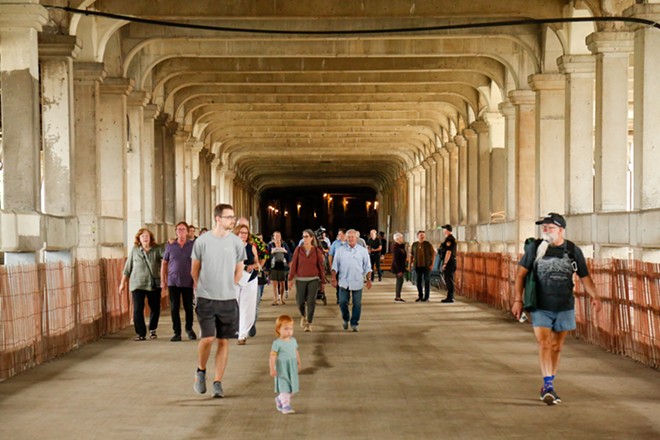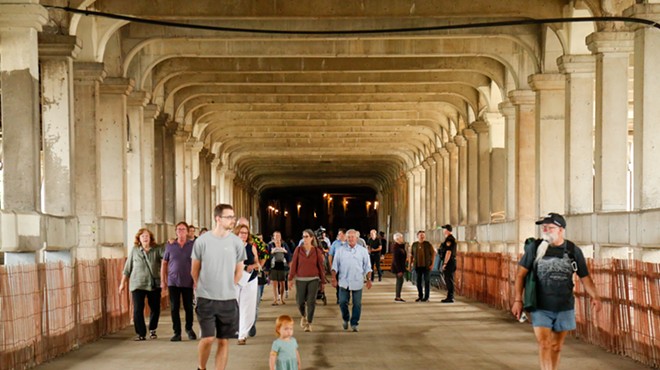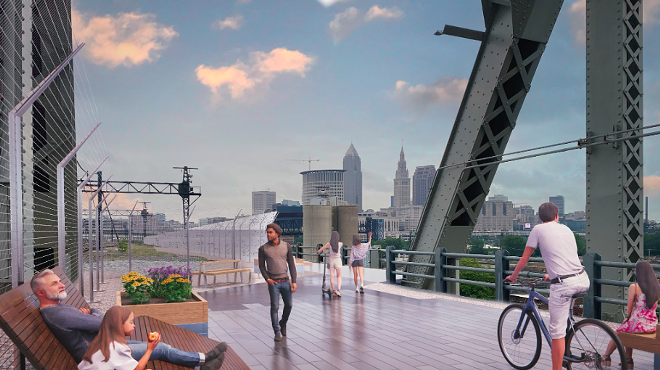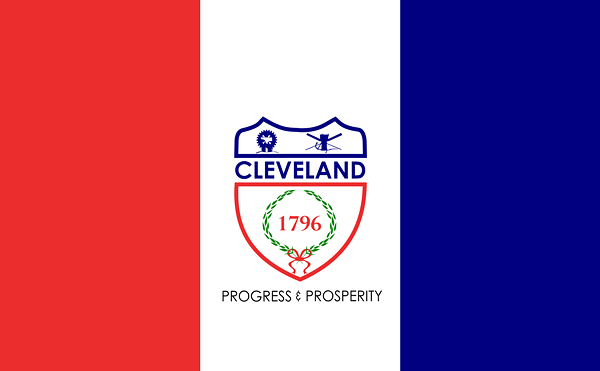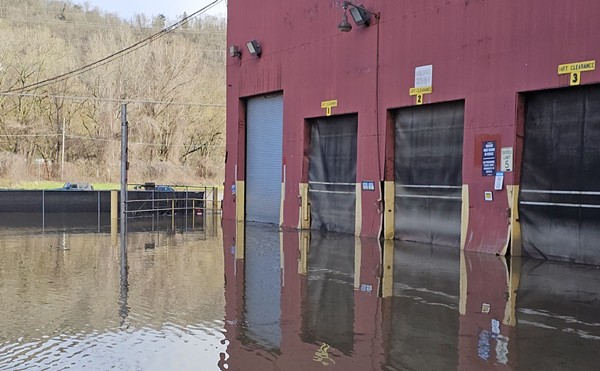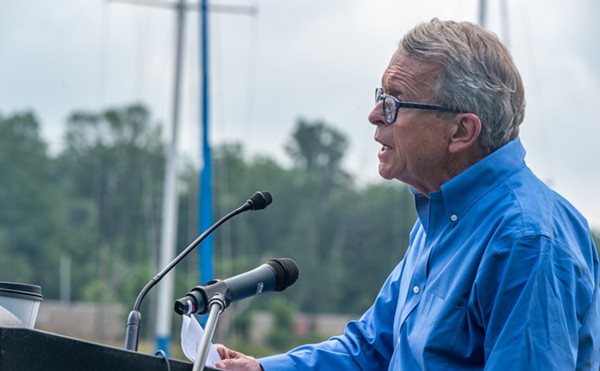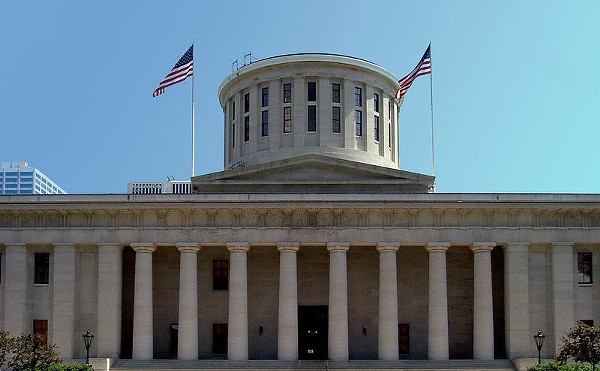The so-called "Low Line," a pet project of County Executive Chris Ronayne, would refashion this bottom section with a refurbished walkway, bike lanes and possible retail, a lá New York's High Line or Atlanta's Belt Line. Ronayne hosted a three-day public tour of the project last summer, as to garner fanfare in the redesign's pre-development stage. The county will also open the space again this summer and plans to activate it with installations from local artists.
Wednesday's grant announcement pairs with a total $3.3 billion hailing from Biden's Investing in America Agenda, along with Transportation Secretary Pete Buttigieg's effort to bolster long-ignored urban infrastructure. Cleveland's Low Line concept joined 132 other projects in 130 cities, in what is likely to be Biden's largest push to revitalize urban areas before a tense general election in November.
“While the purpose of transportation is to connect, in too many communities past infrastructure decisions have served instead to divide," Buttigieg said in the release. "Now the Biden-Harris administration is acting to fix that."
Annie Pease, Cuyahoga County's senior
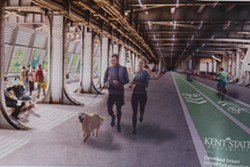
And, as presented via renderings stacked along the line last summer, the Low Line would be host to a two-way cycle track, a walkway for pedestrians, along with High Line-esque furniture, like benches with river overlooks. Because the bridge could be a hazard to nighttime or early morning joggers, Pease foreshadows a security study in the future, as well.
"Safety is going to be a priority for us, in the physical design—as well as lighting," she said. "And with activations. Making sure it's a space that feels welcoming. Making sure people use it."
A long-time steward of Low Line's build, Ronayne himself sees the federal dollars that will round off the Line's feasibility stage as a natural byproduct of political legwork. From leading tours of the bridge with Congressman Max Miller to lobbying at the Department of Transportation in D.C., the executive has been making local and national pushes for progress.
"Honestly, I think we'd be slowed down a lot if we didn't have [political] alignment," Ronayne told Scene in a call Wednesday. "From the U.S. Senate to the Congressional offices—we've had this on people's radars for a while now."
And that $7 million check? "It takes us really far," he added. "Takes us far with a ready build plan to look for capital."
The original bridge, originally called the Detroit-Superior Bridge, was completed in 1917 for a price tag of $5.3 million.
It was Cleveland's first fixed, high-level bridge, and was a host to plenty of walkers and streetcar riders until the final street car ride on January 24, 1954. Portions of the bridge's sidewalks were also shortened in the 1970s and 1980s to expand car access.
The bridge's bike lanes, one of the first ones downtown, just got protective dividers from the city in January.
Subscribe to Cleveland Scene newsletters.
Follow us: Apple News | Google News | NewsBreak | Reddit | Instagram | Facebook | Twitter | Or sign up for our RSS Feed

